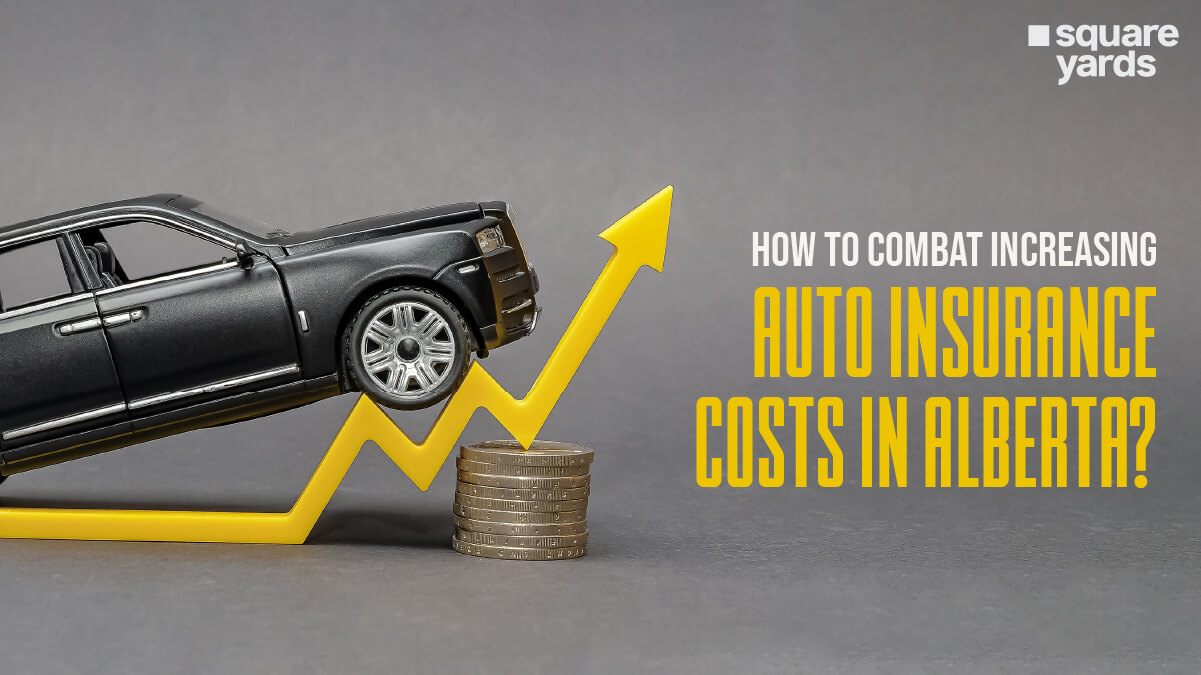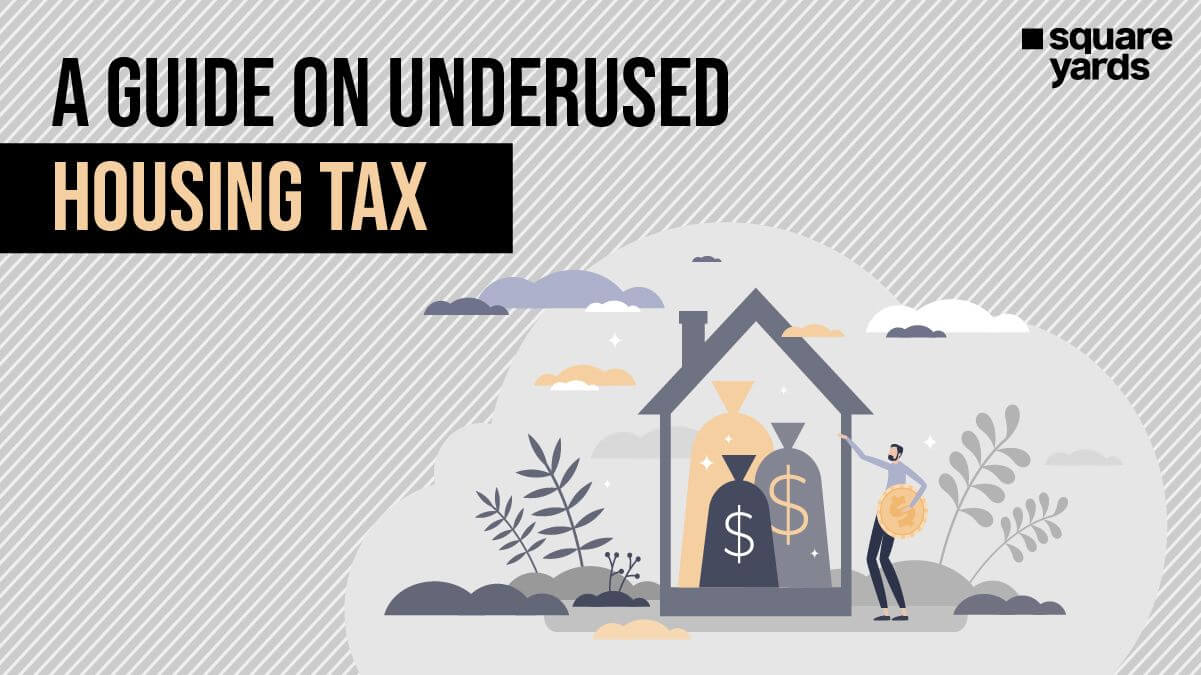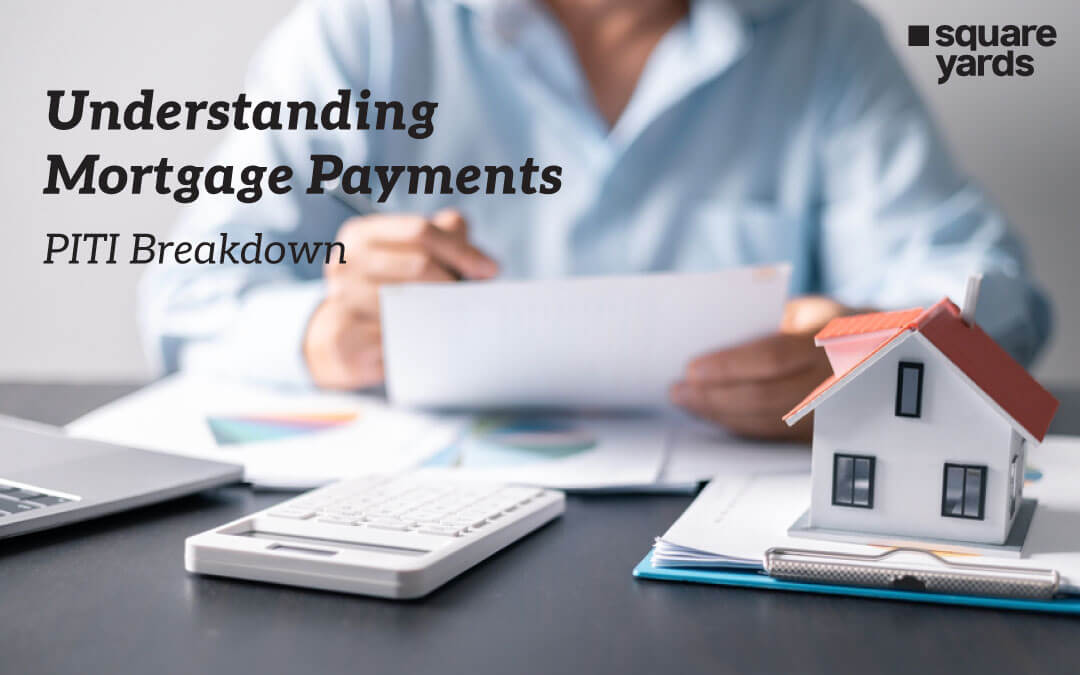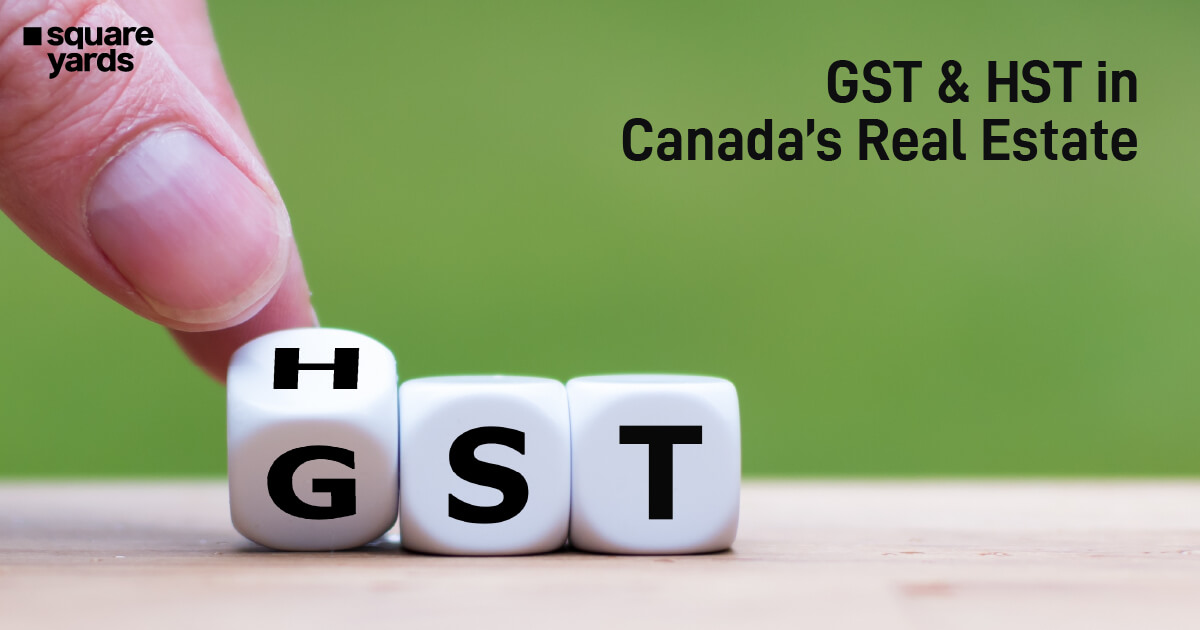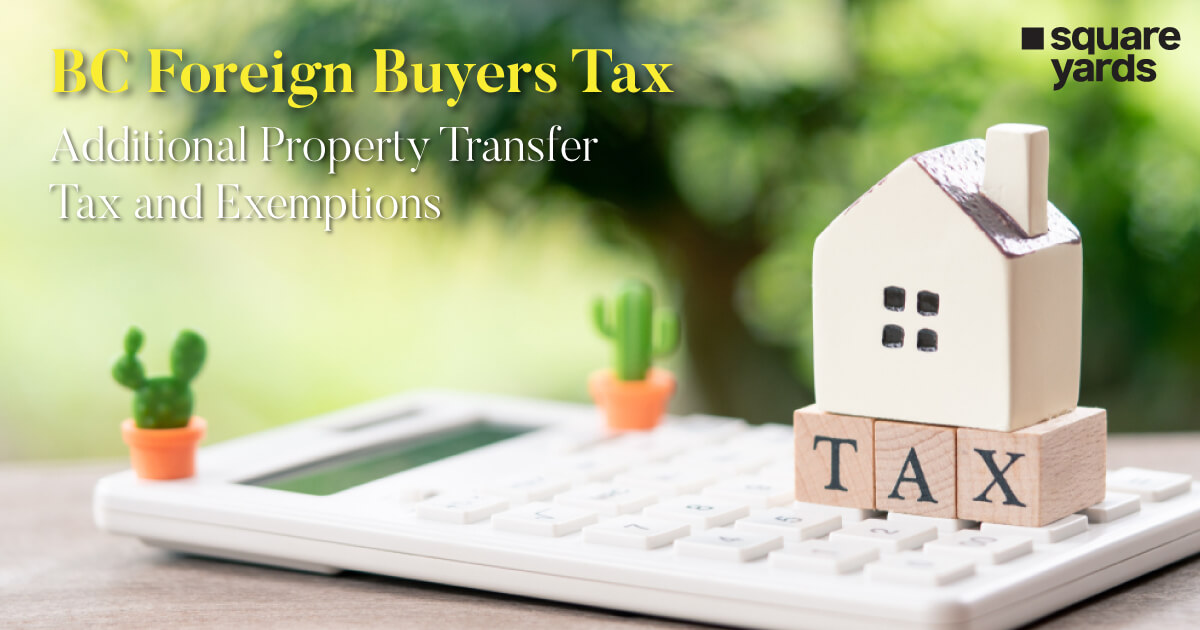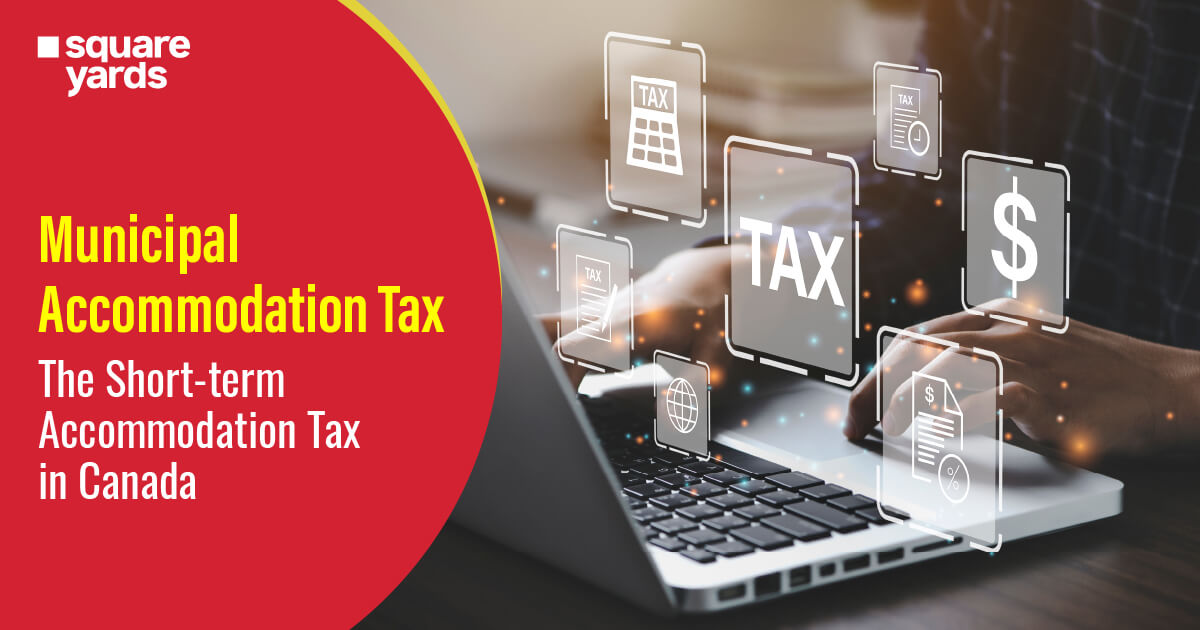Alberta’s residents are facing the costliest auto insurance premiums in Canada, with litigation and legal fees twice as high as in Ontario. In recent years, the legal expenses, vehicle repair costs, and theft rates in Alberta have jumped multifold, and residents are finding it hard to manage their costs. This is due to multiple factors, such as Alberta auto insurance at-fault policy and hundreds of residents refusing to get insurance anymore. It has impacted both regular citizens and insurance companies like Sonnet Insurance and Aviva Canada, who have announced the end of their operations in Alberta. Amidst concerns about affordability and accessibility, the provincial government and even the respective private entities have initiated numerous reforms. These might stabilise the market and offer long-term solutions that benefit insurance companies and customers.
It does not seem like many solutions have been implemented yet that have led to real-life changes and relieved customers of their financial issues.
What is Alberta Auto Insurance Market?

The Alberta auto insurance market operates on a private insurance model, meaning coverage is provided by multiple independent insurers rather than a government-run system, as seen in provinces like British Columbia and Manitoba. Hence, most of the prices are set by market dynamics instead of focusing on elements like affordability of insurance premiums. The law requires car owners to own insurance for at least three claims related to:
-
- Third-party Liability
- Accidental Benefits
- Compensation for Property Damage
Alberta has a fault-based insurance system, meaning the at-fault driver’s insurance covers the costs of damages and injuries. This system can lead to litigation over who is at fault, driving up legal expenses, which is a significant factor contributing to high premiums in the province. It has also led to a rift between drivers and insurance companies.
Reasons Behind Insurance Carriers Leaving the Province
Several insurance carriers are leaving Alberta due to rising operational costs, high loss ratios, and regulatory challenges that have made it difficult to maintain profitability. One significant factor is the increase in Alberta’s auto insurance claims, which has driven up costs, putting pressure on insurers to raise premiums. However, rate caps implemented by the Alberta government—such as the 3.7% cap for “good drivers”—limit the ability of insurers to adjust prices adequately, making it harder to cover these rising expenses.
Additionally, regulatory uncertainty has contributed to insurers’ decisions to exit. Ongoing reforms and discussions about adopting public insurance models, similar to those in British Columbia and Manitoba, have further complicated the business environment. Some insurers are concerned about potential long-term reforms, such as shifting to a no-fault insurance system, which could affect the claims process and profitability.
The financial strain has forced some companies to withdraw or reduce coverage options, limiting payment plans and restricting policies to cut operational losses. As insurers seek to stabilise their operations, their departure reflects concerns over profitability under the current regulatory landscape, adding to the challenges of maintaining affordability and availability for Alberta drivers.
Difficulties With the Alberta Auto Insurance System

The Alberta auto insurance system faces multiple challenges, impacting consumers and insurers and leading to an unsustainable market. The rising cost of insurance with a 3.7% rate cap on premium hikes for “good drivers” limits insurers’ ability to adjust prices, creating market imbalances.
This is due to the fact that the insurance companies follow a fault-based system for claims, categorising drivers as either at fault or not at fault. Those found not at fault can sue the at-fault driver and their insurer for compensation. Additional coverage options include collision insurance to cover damages when the policyholder is at fault and comprehensive insurance to protect against non-collision-related damages.
This was not the case earlier, but now insurance companies have raised their costs to handle all the extra costs, which was unfair to drivers driving well enough on the roads. Since the government mandated the rate cap, insurance companies have moved out of the area, leading to a situation of unrest where no one can purchase insurance or help pay back the injured citizens whose lives have been affected by auto accidents.
Alberta Auto Insurance Premiums vs. Other Provinces
Alberta ranks among the provinces with the highest premiums, following closely behind Ontario and British Columbia. These elevated costs in Alberta are attributed to high claims expenses, including legal fees, repair costs, and vehicle theft, which remain significant factors in the region. Additionally, population density and the rate of distracted driving further drive up insurance costs, especially in urban centres like Calgary and Edmonton.
Meanwhile, provinces like Saskatchewan and Quebec benefit from more affordable rates, owing to their government-managed insurance models and less frequent claims. This comparison illustrates how Alberta’s private auto insurance system grapples with rising operational costs, resulting in higher consumer premiums. Efforts to stabilise premiums through regulatory measures, such as caps on rate increases, are ongoing but continue to face challenges in balancing affordability with profitability for insurers.
Here are some of the average annual auto insurance premiums across provinces, highlighting Alberta’s position within Canada:
-
- Ontario: $1,528
- British Columbia: $1,832
- Saskatchewan: $1,235
- Nova Scotia: $891
- Quebec: $717
- Newfoundland & Labrador: $1,168
- Manitoba: $1,140
- New Brunswick: $867
- Prince Edward Island: $861
Way Forward: Proposed Solutions and Alternatives
Here are some of the key solutions that might help address the challenges of Alberta’s auto insurance market’s current situation:
Adoption of a No-Fault Insurance Model
In this system, drivers would deal with their own insurance provider for claims, regardless of who caused the accident. This could streamline claim settlements and reduce legal expenses, significantly increasing premiums. It is inspired by Ontario’s insurance plan, which has helped keep premium prices stable for a very long period of time.
Introduction of the Public Insurance Model
Another long-term proposal involves adopting a government-run insurance system, as seen in provinces like British Columbia and Saskatchewan. This model could lead to more stable premiums by eliminating the profit motive, although it faces resistance from private insurers and stakeholders.
Revamping the Rate Cap System
The current 3.7% rate cap on premium increases for “good drivers” is under review. Insurers argue that this cap limits their ability to adjust rates based on rising costs. A more flexible rate-setting mechanism could ensure fairer pricing for both consumers and insurers.
Tightening Regulations to Combat Fraud and Theft
Alberta faces high rates of auto insurance fraud and vehicle theft, both of which inflate premiums. Strengthening anti-fraud measures and improving theft prevention strategies could help lower claim costs and ease the pressure on premiums.
Expanding Payment Flexibility
To make insurance more affordable, new rules require insurers to offer instalment payment options instead of demanding full annual payments upfront. This reform aims to improve accessibility for drivers with high insurance costs and better align payments with household budgets.
Encouraging Usage-Based Insurance
UBI policies use telematics devices or mobile apps to track driving behaviour, such as speed, mileage, and braking patterns. Wider adoption of this could help lower premiums by aligning costs more closely with individual driving behaviour rather than blanket risk assessments. Drivers who demonstrate safe habits can receive up to 30% discounts, encouraging safer roads and reducing claims.
Incentivising Competition among Insurers
To address the rising premiums caused by insurer exits, Alberta is exploring policies that encourage more market competition. This could include reducing regulatory burdens on new insurers and incentivising smaller insurance companies to enter the market. It will help draw down costs and offer more choices to consumers, ensuring a more competitive and sustainable insurance environment.
Steps Taken By The Alberta Government
The Alberta auto insurance market is undergoing significant reforms to improve affordability and accessibility. Starting in 2024, a 3.7% cap on premium increases was introduced for “good drivers,” which applies to about 75% of drivers in the province. The Alberta government is also working on broader reforms, with the goal of balancing premium costs with insurers’ ability to cover claims and remain profitable. There are ongoing discussions about introducing more public insurance models similar to those in British Columbia and Manitoba, which could lead to lower premiums. Additionally, new regulations require insurers to offer payment plans to help drivers manage costs, moving away from demanding large upfront payments for coverage.
While these reforms are a step forward, challenges remain constant. Insurers have expressed concerns over profitability and can now not handle large-term claims. Further amendments to Alberta’s Insurance Act are expected by 2025, with full implementation anticipated by 2026 or 2027. This fast-paced regulatory shift aligns Alberta’s market with best practices while ensuring sustainable premium rates and better care options for drivers across the province. However, it remains a complex process, with private insurers and government regulators needing to cooperate for long-term solutions.
Alberta Auto Insurance Market – Charting a Path Forward
Addressing the challenges in Alberta’s auto insurance market requires a multi-pronged approach to balance affordability for consumers with sustainability for insurers. Rising claim costs, driven by high legal fees, repair expenses, and vehicle theft, have put significant pressure on insurers, forcing premium increases that burden drivers. Regulatory uncertainty has further complicated the market, with some insurers exiting the province, reducing competition and increasing prices.
Proposed solutions, such as adopting a no-fault insurance model, offering payment flexibility, and tightening anti-fraud measures, aim to address key issues. These solutions represent a comprehensive effort to transform Alberta’s auto insurance landscape. However, successful implementation will require coordinated efforts between the government, insurers, and regulatory bodies. Striking a balance between affordability, competition, and profitability is crucial to ensuring the long-term sustainability of the market.
Perhaps with these reforms and innovations, Alberta can create a more stable, competitive, and consumer-friendly auto insurance system that benefits insurers and policyholders alike.
Frequently Asked Questions (FAQs)
Why is insurance in Alberta so high?
Insurance in Alberta is high due to rising claim costs from legal fees, vehicle repairs, and theft, along with high rates of distracted driving in urban areas like Calgary and Edmonton . Additionally, limited competition from insurer exits and inflation have further driven up premiums across the province.
Why Alberta is better than other provinces?
Alberta offers competitive advantages over other provinces with higher disposable income, lower tax burdens, and greater flexibility in private auto insurance compared to provinces with government-run models . These factors contribute to a more dynamic and consumer-friendly environment despite challenges with rising premiums and claim costs.
How much income is tax-free in Alberta?
In Alberta, the basic personal amount for the 2024 tax year is set at $21,885. This means residents can earn up to this amount without paying any provincial income tax.
How do I lower my car insurance in Alberta?
Currently, given the rate cap policy by the government and multiple insurance companies leaving the province, there is no way to lower your car insurance premium costs.

